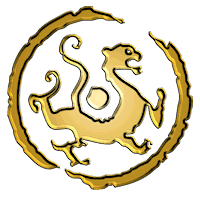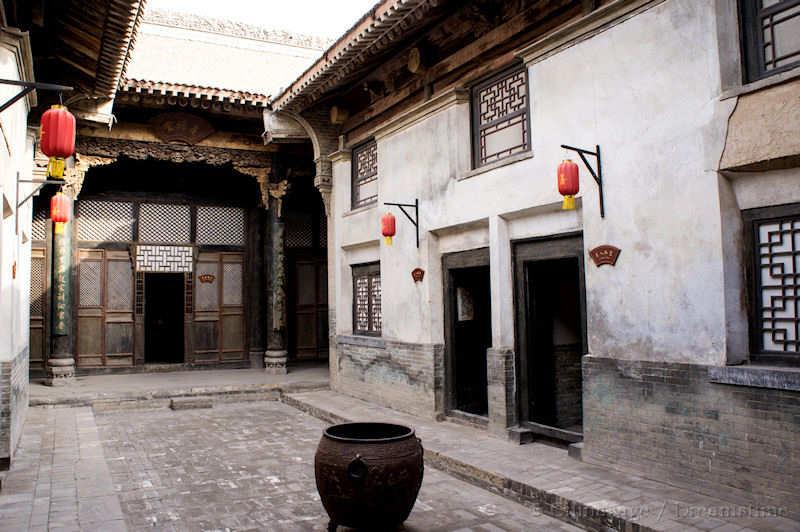Chinese History 历 史
Most countries can look back at a few hundred years of continuous recorded history; China looks back at thousands of years. From earliest times an accurate account of events has been treasured by the Chinese, this is embodied in the character 史 history ’ which also has the meaning ‘impartial’ . Chinese people know their heritage well and have a long tradition of revering their ancestors . A good knowledge of Chinese history is essential to understanding and relating to its people.
We include pages on all the main dynasties (click on time chart) as well as significant events in Chinese history, up to the foundation of the Republic separate section Taiping Rebellion railways Imperial system Hanlin Academy Imperial officials kowtow Mandate of Heaven Opium Wars Early contacts with Britain 18th century UK-China contacts Leibniz Treaty port system Chinoiserie Lay-Osborn debacle General Charles ‘Chinese’ Gordon Chinese coolies
Click on the time chart on the left to go to a particular time period.
Traditional medicine in China Thousands of years of seeking cures to illness in China has led to a wide range of traditional medicines and procedures being discovered. Nowadays traditional medicine is used for minor ailments and when western medicine offers no cure. Read more…
Spirit Ways to Imperial Tombs For 2,000 years illustrious people had an elaborate underground burial tomb. Although many tombs have been looted over the ages, the spirit ways or sacred ways with rows of stone sculptures have often survived. Read more…
Qing dynasty The end of the dynastic system in China came after a very promising and prosperous start under the wise rule of the first four Manchu Emperors. Years of decline followed with the Opium Wars and Taiping Rebellion ending in the sad tale of the Emperor Puyi Read more…
Cracking China book
Your A-Z key to understanding China
We are proud to announce a printed book all about China based loosely on this web site. It is a set of sixty topics in A-Z order covering everything from hair to kiwifruit, clapping to rhubarb, eunuchs to dragons. Buying a copy will help support Chinasage . Now available as a Kindle eBook for just $3.90.
Details... ➚
Mandate of Heaven The emperor ruled China not by individual right but because he possessed the 'Mandate of Heaven'. When this is lost by mis-management, ill fortune or corruption he loses the mandate and the people have the right to depose him. Read more…
Foot binding The custom of binding the feet of girls from a very early age lasted from the Sui to the Qing dynasty and was at times inflicted on half of all girls. It was seen as a badge of wealth of a household because it implied that the family was rich enough to not need women to carry out physical work and kept them house-bound. Read more…
Han Dynasty After the trauma of the Qin dynasty it was the succeeding Han dynasty that established China as a stable nation. Many Imperial institutions inaugurated at this time lasted for the next two thousand years. Together with the Tang and Ming it is considered one of the great periods of Chinese history. Read more…
The Great Mongol Empire The conquest of China by the Mongols took over 50 years. The north was taken in 1215 and the south held out until 1279. The horde of brutal horsemen from Mongolia swept all before them. The Mongols took to Chinese ways, using existing administration and traditions rather than imposing their own. It became China's most cosmopolitan era. Read more…
Top Academy in China 725-1911 China can lay claim to having the longest lived academic institution. The Hanlin Academy was founded way back in the Tang dynasty long before any European university. For nearly 1,200 years it employed all the top scholars in many disciplines and had its own set of buildings at the Imperial capital. The academy produced Imperial edicts, the Imperial histories as well as educating the Emperor's children and administering the university examination system . Read more…
The Republic of China 1912-1949 The years 1912-49 marked the difficult transition from centuries of Imperial dynastic rule to that of a Republic. Sun Yatsen's dream of a democratic Republic was never achieved amidst the turmoil of the Japanese Occupation and then the Civil War with the Communists. Read more…
The 13 Ming Tombs The tombs of the 13 Ming Emperors is one of the largest and most lavish burial complexes anywhere in the world. Like the Valley of the Kings in Egypt the tombs are scattered around a valley of 17 square miles but here only one tomb has been excavated and was found to be completely intact. Read more…
The standing of women in China Attitudes to women have changed greatly in China over the centuries. The traditional subservient position of women in society was removed in only the last sixty years but there yet to be a woman appointed to the top rung of government. Our section describes the role of women down the centuries including the role of concubines and how some Imperial women bucked the trend. Read more…
Population China has been the most populous nation for much of the last few thousand years. The draconian 'One Child Policy ' measure was introduced to curb the worrying explosive growth in the period 1950-80.
Read more…
Getting by in China There are many customs and traditions that you should know before traveling to China. Our customs page covers such things as giving gifts, banquets, sealing business deals and how to behave in public. A respect for age old traditions will impress your hosts who will appreciate your efforts to embrace the culture. Read more…


